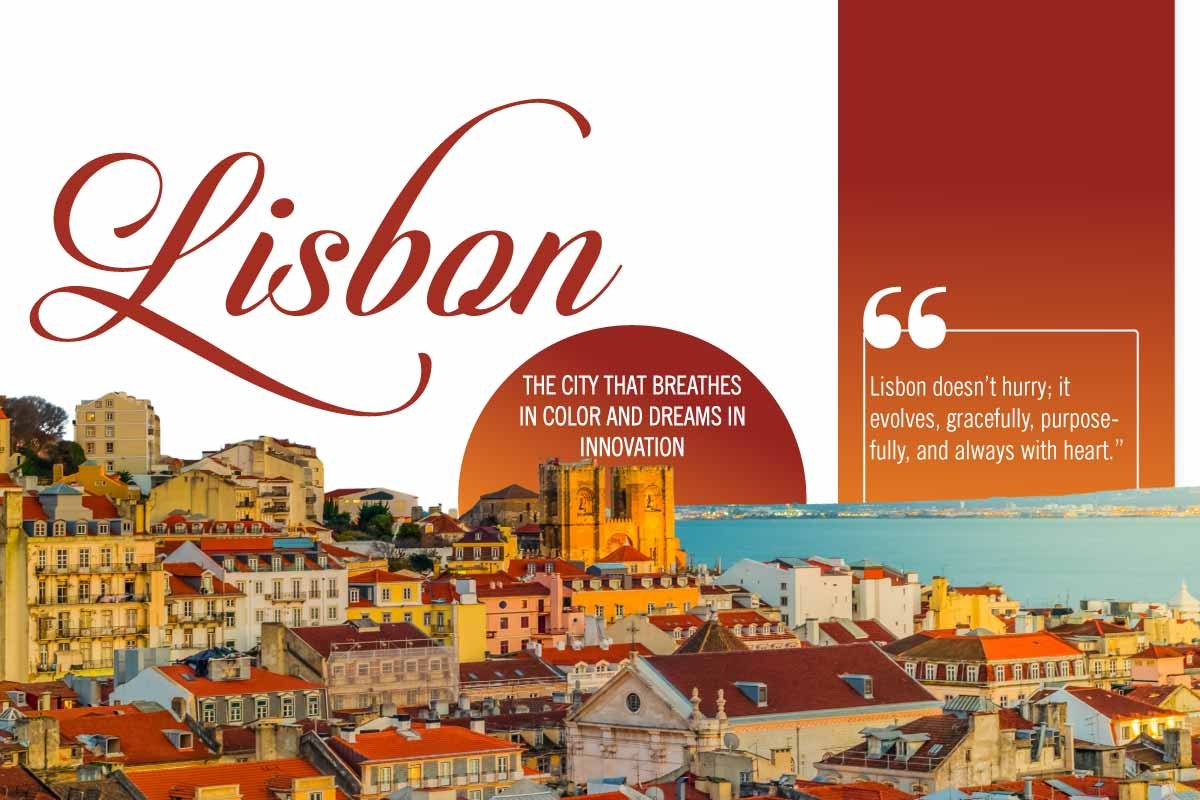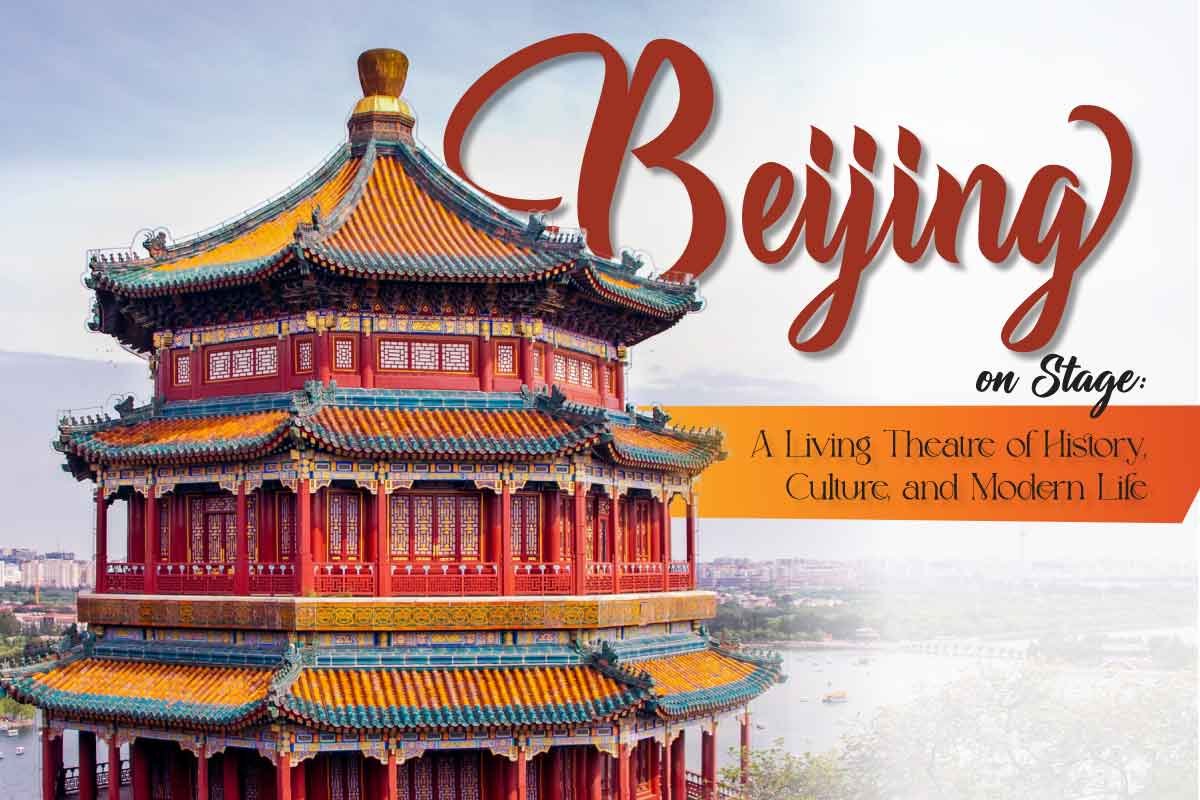Shanghai, often called the ‘Paris of the East,’ is a city that seamlessly combines the charm of the past with the vibrancy of the 21st century. Despite being China’s most populated municipality and the world’s leading financial hub, it has maintained its identity as a historic center. It boasts daunting towers, busy bazaars, and vibrant cultures, among other attractions anticipated by visitors looking for differences within urban spaces. Walking through Shanghai’s ancient alleys or looking at its futuristic skyline always leaves one dazzled by the city’s stunning beauty and dynamism.
Where is Shanghai?
Located on the central coast of China, Shanghai sits at the estuary of the Yangtze River, where it flows into the East China Sea. Its significance as a port has made it a necessary gateway between the East and West. The location at the heart of China’s booming eastern seaboard, is an important starting point for exploring other parts of China. The geography of the city with the Huangpu River divides Shanghai into two parts: older Puxi and modern Pudong, which offers a captivating comparison between the past and future.
History of Shanghai
The history of Shanghai is a complex combination of colonialism, trade, and culture. It started as a simple fishing village but grew into a significant trading post during the Ming dynasty period. However, it was the 19th century that put Shanghai on the world map. After signing the Treaty of Nanjing in 1842, Shanghai was the center of foreign trade, which brought many foreign powers, establishing consulates within that city, leading to many architectural designs and pro-Westernised finery combined with traditionalism.
In the 20th Century, Shanghai became an important center for politics and culture. In 1921, it became the birthplace of the Chinese Communist Party and gained fame as Paris of the East due to its vibrant nightlife in the 1930s. Today, Shanghai has become a symbol of China’s rapid modernization, with some skyscrapers that are the tallest globally dominating its skyline.
The Best Time to visit Shanghai

The climate of Shanghai is humid subtropical with four distinct seasons. The most favorable period to visit is from March to May (spring) or September to November (autumn) since the weather remains temperate and welcoming. In spring, the city parks and gardens are blossoming with flowers, while in autumn, cool breezes and clear blue skies create an ideal atmosphere for some sightseeing and outdoor activities.
During summer in Shanghai, temperatures often exceed 35°C (95°F), making it hot and sweaty. Summer also marks the height of many colorful festivities, such as the Shanghai International Film Festival. Winters are cold and damp, but these festive decorations and New Year celebrations warm up the chilly days.
Top 10 Places to Visit in Shanghai
1. The Bund: A historic waterfront area that offers stunning views of the modern Pudong skyline across the Huangpu River. The Bund is lined with colonial-era buildings, each telling the story of Shanghai’s past.
2. Yu Garden: A classical Chinese garden in the heart of the Old City featuring beautiful pavilions, rockeries, and tranquil ponds. It’s a perfect escape from the city’s hustle and bustle.
3. Tower: The tallest building in China and the second tallest in the world, this tower offers panoramic views of the city from its observation deck.
4. Jade Buddha Temple: A serene Buddhist temple famous for its two jade Buddha statues, one sitting and one reclining. It’s a place of spiritual reflection amidst the urban chaos.
5. Nanjing Road: One of the world’s busiest shopping streets, Nanjing Road is a shopper’s paradise, offering everything from luxury brands to local souvenirs.
6. Museum: Located in People’s Square, this museum is renowned for its impressive collection of ancient Chinese art, including ceramics, bronzes, and calligraphy.
7. Tianzifang: A labyrinth of narrow alleyways filled with art studios, boutiques, and cafes. Tianzifang offers a glimpse into Shanghai’s artistic and bohemian side.
8. Oriental Pearl Tower: An iconic TV tower that stands as a symbol. Visitors can enjoy breathtaking views from its observation decks or dine in its revolving restaurant.
9. Zhujiajiao Water Town: Located on the outskirts of Shanghai, this ancient water town, often called the Venice of the East, features canals, stone bridges, and traditional houses.
10. French Concession: A charming area with tree-lined streets, colonial-era architecture, and a thriving cafe culture. It’s a lavish place for a leisurely walk and to soak in the city’s history.
Must-Eat Dishes: A Culinary Adventure
Shanghai’s cuisine is known for its rich, sweet, and savory flavors. Here are some must-try dishes when visiting the city:
1. Xiaolongbao: These famous soup dumplings are a Shanghai staple. The delicate dough is filled with savory pork and a burst of hot, flavorful broth.
2. Shengjianbao: Pan-fried buns with a crispy bottom and juicy pork filling. They’re often enjoyed for breakfast and are a beloved street food.
3. Hongshao Rou: Braised pork belly in a sweet and savory soy sauce. This dish is melt-in-your-mouth tender and is a favorite among locals.
4. Hairy Crab: A seasonal delicacy typically enjoyed in autumn. The crabs are steamed and served with a tangy vinegar dip.
5. Lion’s Head Meatballs: Giant, tender meatballs made from minced pork, often stewed with vegetables. They’re named for their resemblance to a lion’s mane.

6. Squirrel Fish: A dish of deep-fried fish, served with a sweet and sour sauce. Its presentation, resembling a squirrel, makes it a visual and culinary delight.
7. Noodles: Thick wheat noodles stir-fried with soy sauce, vegetables, and meat. It’s a simple yet satisfying dish.
8. Drunken Chicken: Chicken marinated in Shaoxing wine, served cold. It’s a refreshing appetizer with a unique flavor.
9. Beggar’s Chicken: A whole chicken wrapped in lotus leaves and baked in clay. The cooking method keeps the meat moist and flavorful.
10. Sticky Rice Dumplings: A traditional snack made of sticky rice filled with savory or sweet fillings wrapped in bamboo leaves.
10 Interesting Facts About Shanghai
1. Shanghai means “Upon the Sea”: The city’s name reflects its coastal location, emphasizing its importance as a major port.
2. The First Communist Party of China was founded in Shanghai: In 1921, the Chinese Communist Party was established in the city, marking a significant moment in China’s history.
3. Shanghai has the world’s most extensive rapid transit system: The Shanghai Metro, with over 16 lines, is the longest metro line, making travel around the city convenient.
4. The Bund was originally a muddy towpath: Before becoming the iconic waterfront it is today, The Bund was once a simple muddy embankment along the Huangpu River.
5. Shanghai Tower’s double-layered glass facade: This design innovation helps regulate temperature and conserve energy, making it one of the world’s greenest skyscrapers.
6. The Oriental Pearl Tower’s spheres: The Oriental Pearl Tower, with its distinctive spheres, is inspired by an ancient Chinese poem about the sound of pearls dropping onto a jade plate.
7. Shanghai hosts the world’s longest shopping street: Nanjing Road spans over 5.5 kilometers, offering an extensive shopping experience.
8. It’s a city of skyscrapers: Shanghai has over 6,000 high-rise buildings, with 100 more than standing over 150 meters tall.
9. Shanghai Disney Resort: Opened in 2016, it’s the first Disney resort in mainland China, blending Disney magic with Chinese culture.
10. Shanghai was once a haven for refugees: During World War II, the city was one of the few places that allowed entry without a visa, becoming a refuge for Jews fleeing Europe.
Tips for Travelers: Making the Most of Your Visit

1. Language: English is the most spoken in tourist areas. Learning basic Mandarin phrases can help you explore better.
2. Transportation: The Shanghai Metro is the best way to get around. It’s affordable, efficient, and covers most of the city’s attractions.
3. Currency: Shanghai’s local currency is the Chinese Yuan (CNY). Credit cards are accepted here, but having cash for smaller vendors is advisable.
4. Weather: Pack accordingly for the season. An umbrella is handy as Shanghai’s weather can be unpredictable, especially during the summer monsoon season.
5. Scams: Be cautious of common tourist scams, such as tea house scams, where unsuspecting tourists are lured into tea ceremonies and charged extreme prices.
6. Internet Access: Many international websites are blocked in China. Consider getting a VPN if you need to.
Conclusion
Shanghai, where East meets West, where ancient traditions coexist with modern innovation, offers a glimpse into the soul of China. It’s a place where the old and the new blend seamlessly, creating a dynamic and evolving urban landscape. As you explore Shanghai, you’ll discover that it’s not just a city you visit; it’s a city that stays with you long after you’ve left, leaving you with memories and stories that will inspire you for years to come.
So, whether you’re planning your first trip or your tenth, Shanghai is ready to welcome you with open arms and endless possibilities. It’s a city that promises adventure, discovery, and a journey you won’t soon forget.
Discover: Portland: Exploring the City of Roses


















